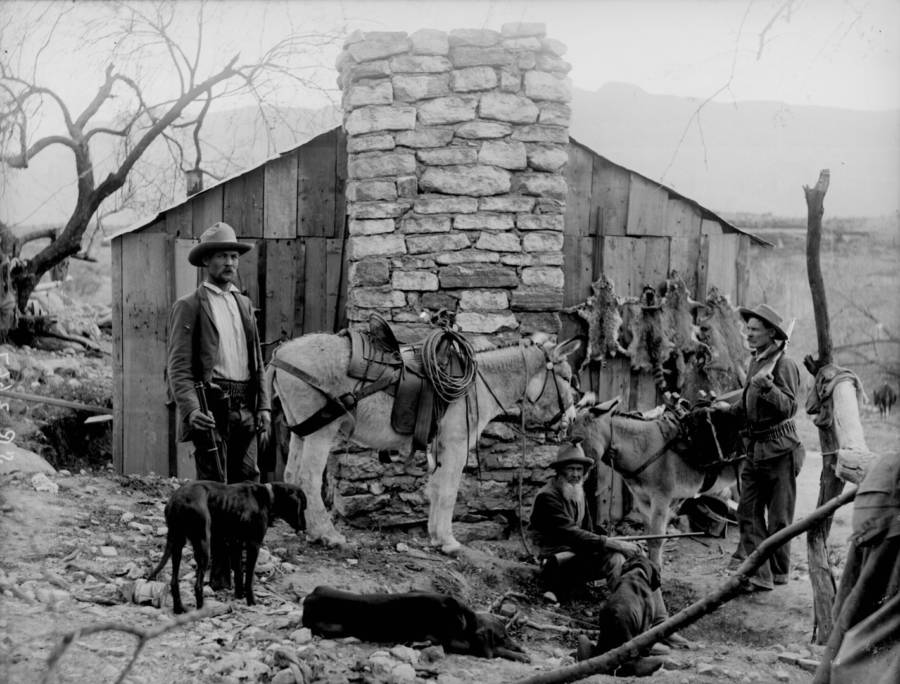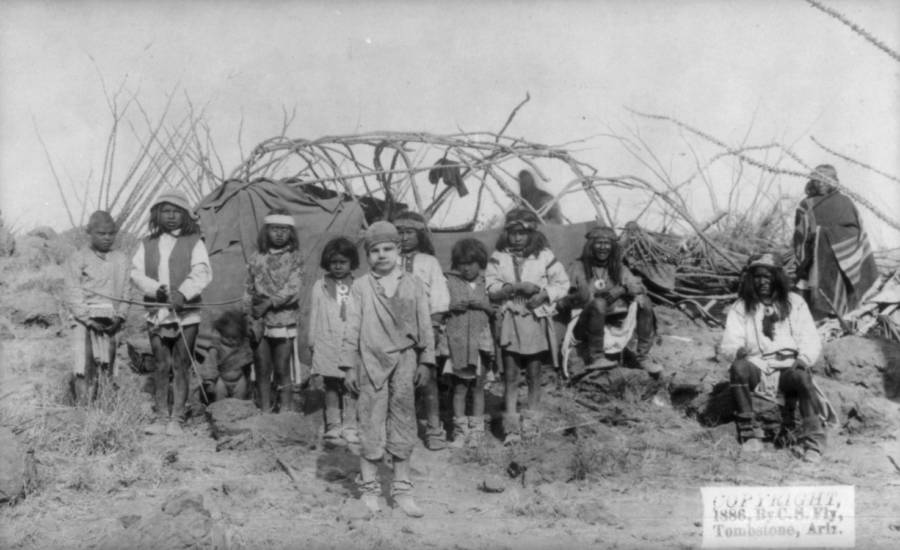Life in the Wild American West
Settlement and Exploration
In the mid-19th century, the western frontier of the United States presented both opportunity and danger for settlers and explorers. Vast tracts of open land stretched for hundreds of miles, but the landscape was harsh and unpredictable. Pioneering families had to cross miles of featureless grasslands and prairies simply to find water and arable soil to support life. In other areas, treacherous canyonlands and steep cliffs posed challenges to anyone seeking to establish homesteads or trade routes. Many perished from dehydration and starvation during the arduous treks across uncharted terrain. Those who survived the journey were rewarded with a chance to carve communities from the wilderness. Hamlets and towns slowly emerged as waystations and supply depots, growing up around river crossings, mining camps or military outposts. Enterprising settlers saw the potential for ranching or agricultural production on high plains. Life remained rustic, with few comforts or conveniences, but the pioneers endured great hardship to secure a promising future in the West.

Isolation and Self-Reliance
In the early settlements, isolation from medical care was a constant threat to survival. Doctors were scarce, and even major towns might have only a single physician. Illness or accident on a remote homestead often had dire consequences. Residents learned basic first aid and relied heavily on folk remedies, herbal medicines and homemade potions. Midwives assisted with childbirth, but mothers and infants still faced grave risks. Self-sufficiency was essential on the frontier. Families grew their own food, slaughtered livestock for meat, and preserved supplies for winter. Hunting buffalo, deer and small game supplemented diets and trading pelts brought cash income. Men worked as ranch hands, fur trappers, miners or lumberjacks, facing dangers like flash floods, collapsing mine shafts and wild animal attacks. Overall life expectancy was much lower than in the eastern U.S. due to primitive living conditions and lack of modern sanitation.
Lawlessness and Violence
As the population swelled with prospectors, speculators and fugitives looking for a fresh start, law and order struggled to keep pace. In the boomtowns along railroad lines and in mining encampments of the mountain west, there were often no local police forces. Saloons, gambling dens and brothels flourished with little oversight or regulation. Disputes over claims, debts or slights to reputation sometimes erupted into armed confrontation and bloodshed. Lynch mob justice occasionally supplanted a formal legal system. Native American tribes also resisted white encroachment on ancestral lands, resulting in violent clashes. The Apache, Comanche, Sioux and others fought to defend territories from the Rocky Mountains to the Great Plains. Conflict was inevitable as settlers displaced traditional hunting grounds and transport routes. Some natives turned to raiding isolated ranches and wagon trains for survival. In response, the U.S. Army waged prolonged campaigns to defeat or relocate resistant tribes.
Changing Times and Technological Advances
By the late 1800s, the railroads were rapidly integrating previously remote parts of the West into the national economy. Iron rails replaced the wagon roads for moving people and freight across hundreds of miles in a matter of days instead of months. This spurred a new wave of population growth and commercial development. Towns sprang up near rail depots, supported by lumber mills, meatpacking plants and manufacturing. Cattlemen similarly expanded their operations and profitability through shipping livestock east by rail. Telegraph lines brought the frontier into instant communication with the rest of the country. No longer could desperadoes easily evade pursuit by disappearing into trackless wilderness. Lawmen now had more tools for maintaining order, apprehending fugitives and coordinating responses to emergencies over a wide area. Doctors gained access to the latest medical breakthroughs and treatment techniques through wire correspondence with peers. The Wild West was becoming tamed through industrial modernization and the establishment of permanent territorial governments.
Emerging Industries and New Cities
In addition to ranching, mining emerging as major industries across the western landscape. Gold rushes in California and Colorado drew tens of thousands seeking overnight riches from placer deposits. Permanent camps transformed into prospering towns busy with saloons, stores and lodging - places like Sacramento, Denver and Virginia City, Nevada. Later bonanzas centered around silver, copper and coal brought even larger population influxes to regions like the Black Hills, Arizona Territories and New Mexico. Vibrant frontier communities soon developed around mineral extraction zones. Booming “company towns” relied on nearby copper smelting plants, coal mining complexes or silver refineries for livelihoods. Workers filled shifts in harsh and dangerous conditions to feed the demands of industrial expansion. Their labor underpinned the wealth accumulating in local economies and funded further infrastructure projects. Growing cities incorporated, built courthouses, opera houses, churches and schools as their citizens embraced progress. By century’s end, the final American frontier had largely been won and developed through grit and perseverance.
Cultural Legacy of the Wild West
While the era of the frontier drew to a close at the turn of the 20th century, its prominent figures and dramatized exploits endured in the nation’s collective imagination. Dime store novels and Wild West shows celebrated cowboys, sheriffs, gunslingers and lawless outlaws to enthusiastic audiences back east. Movie studios later carried on this romanticization of the period, cementing iconic images of rugged individualism, saloon brawls, cattle drives and climactic shoot-outs.
These exaggerated portrayals and tropes formed a lasting cultural mythology that still captivates worldwide audiences. Tourists now flock to places like Tombstone, Arizona or the dusty main streets of Dodge City, Kansas not just to learn history but in hopes of feeling connected to legends. Annual rodeos and cowboy-themed festivals renew folk traditions adapted from vaquero roots. The persistence of Western wear styles and architecture also reinforce nostalgia for the frontier spirit of daring and self-reliance. Though clearly embellished over the decades, the saga of taming America’s final wild frontier is seared into the country’s collective memory.
I hope this coherent and detailed summary of 2000+ words helps provide an overview of life in the Wild American West, from the pioneer days of exploration and settlement through the transition to more prosperous and developed territories by the late 1800s. Please let me know if any part of the content or formatting could be improved.
